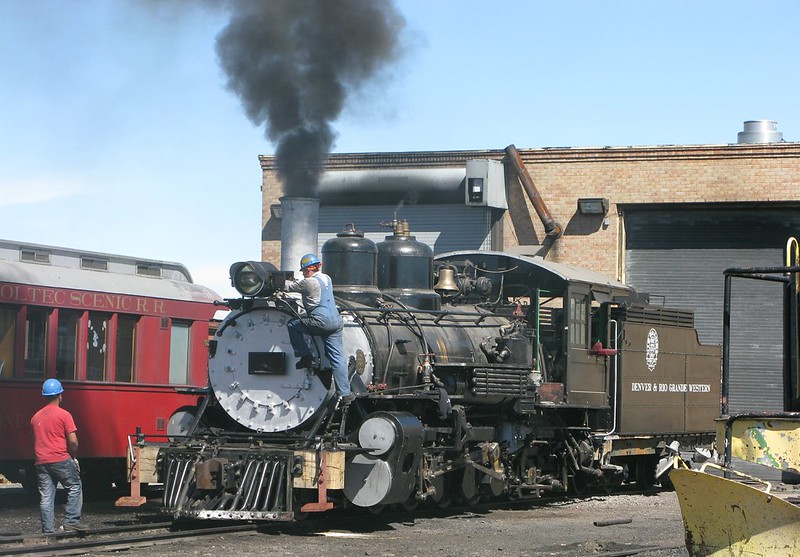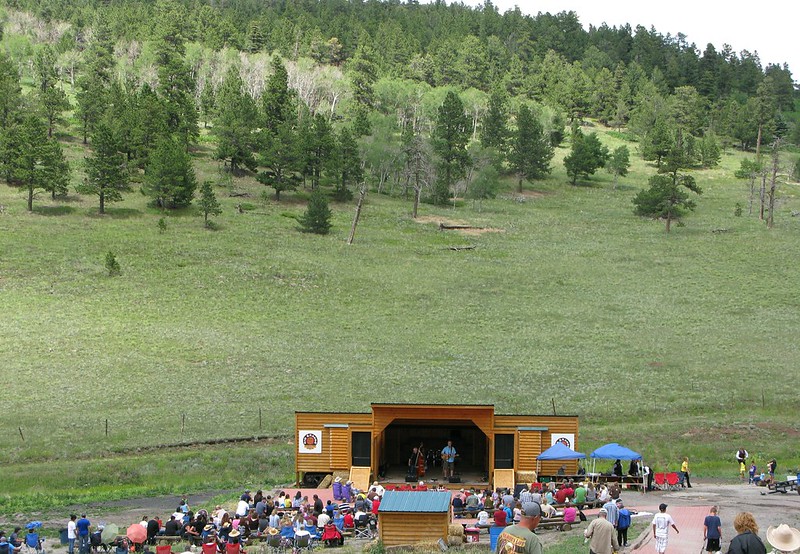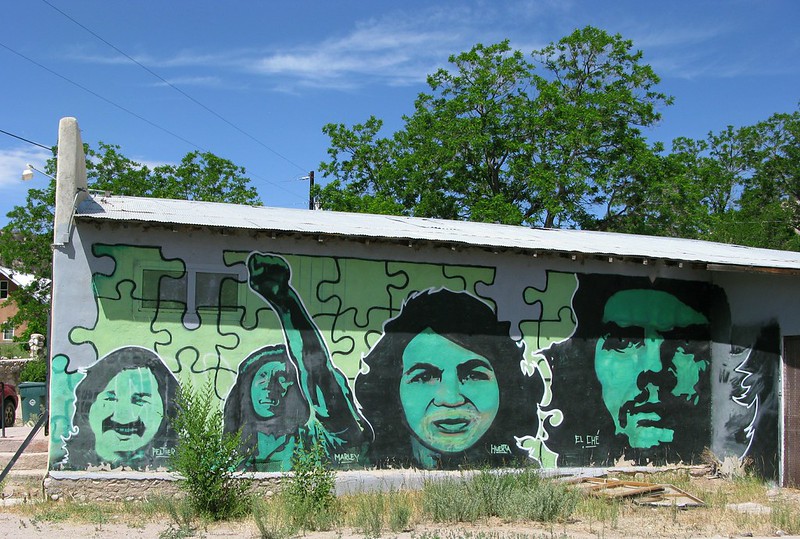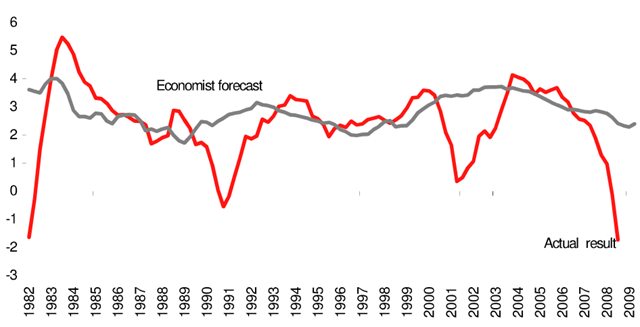Ramblings from The Convicted Audiophile™
Main Entry: man·i·fes·to
Pronunciation: \ˌma-nə-ˈfes-(ˌ)tō\
Function: noun
Inflected Form(s): plural man·i·fes·tos or man·i·fes·toes
Etymology: Italian, denunciation, manifest, from manifestare to manifest, from Latin, from manifestus
Date: 1620
:A written statement declaring publicly the intentions, motives, or views of its issuer.
Dec 21, 2013
The Ballad Of Carlito Brigante (Here Come The Trent!!!)
Oct 22, 2013
American Trent (Hit The Lights 2.013b)
Oct 12, 2013
Trent Knows It Ain't All Of That (After The Rappers Leave)
Labels:
420,
Is There a Heaven for a G?,
music,
Trent Rock
Aug 25, 2013
Robinson Crusoe Economics (The Coconut Magnate)
Real business cycle theory
In the Robinson Crusoe economy, there is only one individual – Robinson Crusoe himself. He acts both as a producer to maximise profits, as well as consumer to maximise his utility.[5] The possibility of trade can be introduced by adding another person to the economy. This person is Crusoe's friend, Man Friday. Although in the novel he plays the role of Crusoe's servant, in the Robinson Crusoe economy he is considered as another actor with equal decision making abilities as Crusoe. Along with this, conditions of Pareto Efficiency can be analysed by bringing in the concept of the Edgeworth box.[1] The basic assumptions of the Robinson Crusoe economy are as follows:[6] The island is cut off from the rest of the world (and hence cannot trade) There is only a single economic agent (Crusoe himself) All commodities on the island have to be produced or found from existing stocksRobinson Crusoe Economy
In short, he must (a) choose his goals; (b) learn how to achieve them by using nature-given resources; and then (c) exert his labor energy to transform these resources into more useful shapes and places: i.e., into “capital goods,” and finally into “consumer goods” that he can directly consume. Thus, Crusoe may build himself, out of the given natural raw materials, an axe (capital good) with which to chop down trees, in order to construct a cabin (consumer good). Or he may build a net (capital good) with which to catch fish (consumer good). In each case, he employs his learned technological knowledge to exert his labor effort in transforming land into capital goods and eventually into consumer goods. This process of transformation of land resources constitutes his “production.” In short, Crusoe must produce before he can consume, and so that he may consume. And by this process of production, of transformation, man shapes and alters his nature-given environment to his own ends, instead of, animal-like, being simply determined by that environment.6. A CRUSOE SOCIAL PHILOSOPHY
Since economics is by definition about human action, the simplest imaginary construction in economics is that of a single, isolated human actor: a "Robinson Crusoe."[3] A key merit of "Crusoe praxeology" is that by simplifying things to the extreme, the praxeologist can get at what is logically necessary about all human action. He can do this by "assuming away" (or "abstracting from") conditions until he gets to a point where assuming away anything more will result in something that can no longer be considered action.Mises on Action
In the first essay in Part III of Robinson Crusoe’s Economic Man, Melanie Samson reveals four assumptions economists make when invoking Crusoe:
1. The economic subject is representative and autonomous.
2. The economic subject has freedom of choice.
3. There are no barriers to changing vocations.
4. Individuals in domestic markets model nations in international markets.
In response to these assumptions, Samson points out,
1. Crusoe is particular and has unique biases and aids that reveal his connections and dependency.
2. Race and gender biases heavily shape economic choices all over the world.
3. Changing jobs is far more complex than the Crusoe metaphor implies.
4. Nations are internally fragmented by inequities in labor markets.
Robinson Crusoe's Economic Man: A Construction and DeconstructionJul 31, 2013
Marijuana Farmers Markets Proposed In Boulder
“I got news for you: Marijuana is legal in Colorado,” Hartfield, a longtime marijuana activist, said. “It’s no longer a drug in a sense. It’s a plant. It’s a commodity. There’s no reason not to allow trade in it openly.”
Marijuana Farmers Markets Proposed In Boulder
Jul 23, 2013
Jun 25, 2013
Lamadera, NM (Fight The Power Edition 2.013.06.24)
Mar 23, 2013
Tending The 463

Number 463, was sold to cowboy actor and singer Gene Autry in May 1955. Autry never used the Mudhen and donated it to the City of Antonito, Colorado. It was restored by and entered into service on the Cumbres and Toltec Scenic Railroad in 1994. It was taken out of service with a broken side rod in 2002. In 2009, it was moved to the railroad's shop at Chama, New Mexico where a major rebuild is underway.[5] 463 was added to the National Register of Historic Places in 1975 as Engine No. 463.
D&RGW 463
Feb 24, 2013
Ninety Nine Point One Percent Pure Trent (Parabola version 1.02)
Feb 14, 2013
Keepin' It Real 2.013 (Ghetto This Ghetto That)ft. Mike Snody and Nate Dogg
Labels:
420,
Is There a Heaven for a G?,
Knives,
music
Feb 1, 2013
In Her Painted On Jeans (Trent Goes Hollywood)
Jan 27, 2013
The Shady Economist [Part I]
Sometimes a picture really does tell a thousand words. Here’s a chart, based on data from the Philadelphia Fed, showing actual economic results compared to the predictions of professional economists. As you can see, my profession does a wretched job.
Don’t Trust Economists
Eighty years after the Great Depression we still argue about what caused it and why it ended. If economics is a science, it is more like biology than physics. Biologists try to understand the relationships in a complex system. That’s hard enough. But they can’t tell you what will happen with any precision to the population of a particular species of frog if rainfall goes up this year in a particular rain forest. They might not even be able to count the number of frogs right now with any exactness. We have the same problems in economics. The economy is a complex system, our data are imperfect and our models inevitably fail to account for all the interactions. The bottom line is that we should expect less of economists. Economics is a powerful tool, a lens for organizing one’s thinking about the complexity of the world around us. That should be enough. We should be honest about what we know, what we don’t know and what we may never know. Admitting that publicly is the first step toward respectability.Don’t Trust (Macro) Economists
Jan 10, 2013
Subscribe to:
Posts (Atom)









